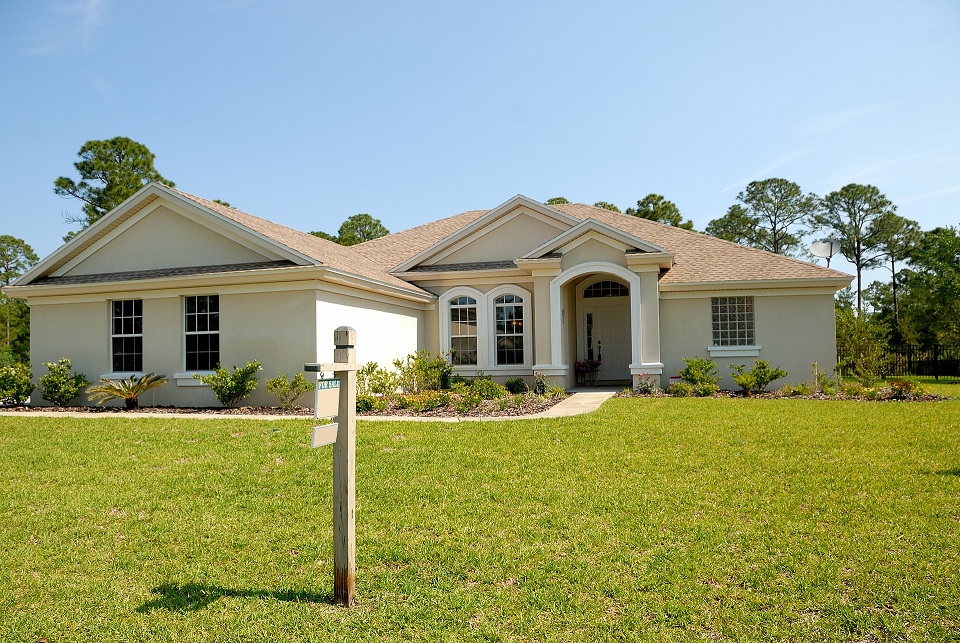There are benefits to a real estate sale during a relocation. The process begins with the sale of the home. When it comes to selling a home as part of an employee relocation, corporate buyouts come in two main varieties:
- An appraisal
- An outside offer
Existen otros tipos de ventas de viviendas específicas para el traslado, como el reembolso directo de los gastos, pero estos abren al empleado a una tributación innecesaria.

Más información sobre las compras
A guaranteed buyout (GBO) is based on the value of two appraisals, which average a guaranteed offer to buy a relocating employee’s home. A second type of buyout, a buyer value option (BVO), offers a buyout based on an outside buyer’s offer.
In both cases, the employer would take over the financial responsibility and (sometimes) title until closing with a buyer. This allows the employee to move on to his or her new location with less of a burden and to escape taxation. This happens because the money relating to the home sale never actually passes through the employee’s hands. A real estate relocation specialist can help understand these types of offers.
Bonificaciones adicionales por venta de viviendas
In addition to a buyout, employers often offer add-on benefits, such as loss on sale (LOS) protection or a sale bonus. Both LOS and a sale bonus can be engineered to incentivize a home sale. The former by reducing any negative impact of a sale and the latter by “sweetening” the deal if the sale happens in a timely manner.
These benefits are not tax protected. Employees may incur a tax on these benefits if the employer does not elect to “gross up” the incentive.
Tendencias en la venta de viviendas
A consideration for both additional home sale benefits is the employee’s status within the company. It is not uncommon for these relocation house sale benefits to only be offered to existing employees and those in higher tiers. New hires may fall into a different policy tier altogether.
Based on our benchmarking data, the average percentage of offering relocation home sale benefits is 67.5%. A breakdown of these benefit offerings by industry is detailed below.
- Beneficio de la venta de viviendas - Industria manufacturera 33%
- Beneficio de la venta de viviendas - Industria farmacéutica 91%
- Beneficio de la venta a domicilio - Cadenas de restaurantes y servicios rápidos 50%
- Beneficio de la venta de viviendas - Sector de los seguros 100%
- Beneficio de la venta de viviendas - Fabricación de alimentos y bebidas 56%
Sale Bonus
En general, los empresarios son más propensos a ofrecer una bonificación por venta cuando se trata de una GBO, ya que hay más riesgo de que la vivienda no se venda. Esta bonificación suele basarse en el precio de venta (lo más habitual es entre el 1 y el 5%), pero algunas empresas ofrecen una cantidad fija en lugar de un porcentaje.
Dado que algunas empresas también exigen un periodo de cotización obligatorio antes de aceptar una OG, es habitual que el importe de la bonificación vaya disminuyendo a lo largo de este tiempo, empezando por su importe más alto antes de que se pidan o concluyan las valoraciones (por ejemplo, una bonificación por venta del 4% antes de las valoraciones, del 3% a los 30 días de las mismas, del 2% a los 60 días y del 1% a los 90 días).
Es habitual que la bonificación caduque cuando expira la compra.
Protección contra pérdidas en la venta
Homes bought during the peak of the housing bubble suffered losses in many markets over the past decade. But with the housing market strengthening and stabilizing, there are fewer losses today. To counteract any possible losses during a relocation home sale, the LOS benefit comes in many shapes and sizes.
Traditionally, loss is calculated based on the amount paid for the home and does not include capital improvements. Once the loss is determined (sale price minus purchase price), employers have two choices:
- Cover all of it (often up to a capped amount)
- Cover a portion of it.
As a further breakdown, some companies offer to cover 50 – 75% of the loss, and the employee must cover the remainder. Often, we see employees pay 100% of the loss but only up to a capped amount (e.g. anywhere from $20,000 – 50,000). If the loss is greater than this cap, the employee can either pay the difference and continue to market and sell the home, or decide against selling the home entirely. Our research has shown caps up to $150,000, but amounts this high are uncommon.
On average, 49.5% of companies offer LOS benefits. A breakdown by industry is detailed below.
- Beneficio LOS - Industria manufacturera 17.5%
- Beneficio LOS - Industria farmacéutica 91%
- Beneficio LOS - Cadenas de restaurantes y servicios rápidos 12.5%
- Prestación LOS - Sector de los seguros 62%
- Beneficio LOS - Fabricación de alimentos y bebidas 56%
WHR Group can help with LOS benefits and a home sale bonus. We can help structure per tier to meet your organization’s unique needs. Insulating the business from unnecessary risk is important. Real estate and home relocation services can be tricky to navigate. Our 20 years of relocation service expertise will guide you to the right policy for your organization.
